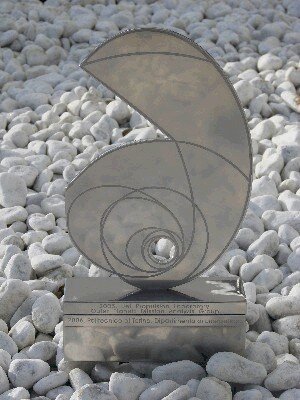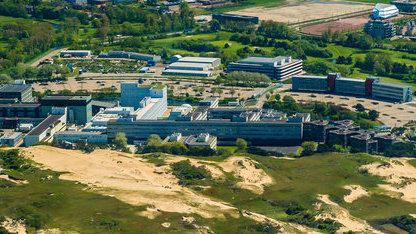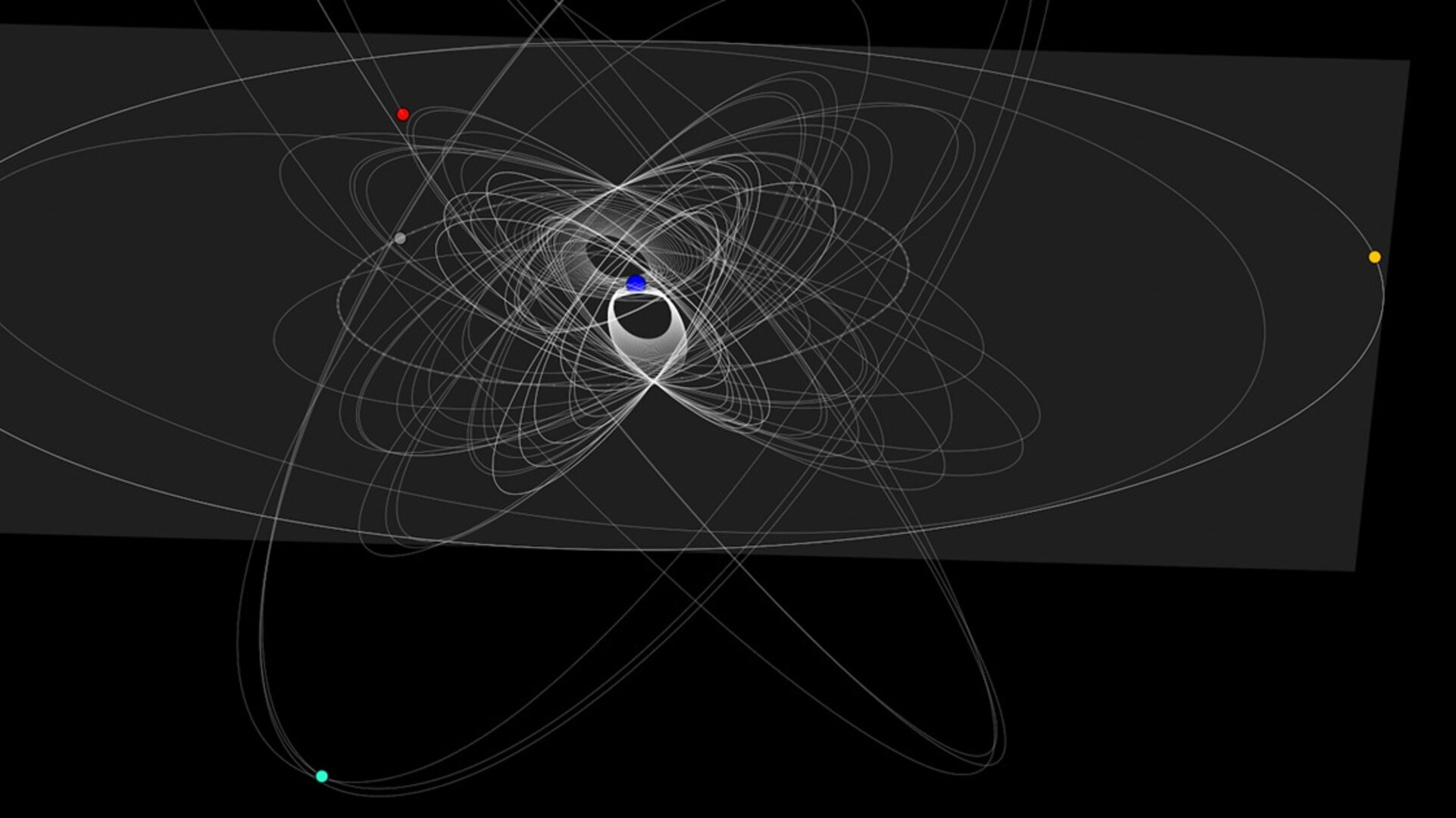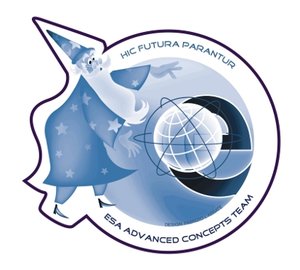Sign up for mystery America’s Cup of rocket science
You can now register to join the latest Global Trajectory Optimisation Competition, hailed as ‘the America’s Cup of rocket science’. Instead of navigating the high seas, it challenges the world’s best aerospace engineers and mathematicians to direct a spacecraft through space as part of an incredibly complex problem.
This is the tenth Global Trajectory Optimisation Competition (GTOC-X), hosted this year by NASA’s Jet Propulsion Laboratory (JPL) in California, winner of the previous GTOC contest.
This year’s challenge remains under wraps until the month-long competition is launched on Monday 15 May. Previous GTOCs have involved scenarios such as threading a course around Jupiter to image as much of the surfaces of its large ‘Galilean’ moons as possible, removing items of space debris from around Earth and maximising probe landings across the Asteroid Belt.
Sci-fi writer Robert Heinlein famously observed: “Once you get to Earth orbit, you're halfway to anywhere in the Solar System.” Trajectory planning deals with the other half of such trips, devising optimal pathways through interplanetary space to reach a set goal, taking account of the orbits of planetary bodies and their gravitational influence.

ESA’s Advanced Concepts Team – part of ESA’s Directorate of Technology Engineering and Quality and based at the Agency’s ESTEC technical heart – set up the first GTOC competition back in 2005. “The original idea came out of reading scientific literature about interplanetary trajectory designs,” explains ACT scientific coordinator Dario Izzo.
“I found many papers from teams who claimed that their own methods outperformed the rest of the field, but they were all considering slightly different problems with different variables, making true cross-comparison difficult. Instead I decided to design one very solid problem to really see who was best at solving it.”
They expected this would be of interest to a few university departments, but participation in the first competition extended to leading trajectory design centres of excellence such as JPL, CNES, DLR, and the companies GMV, Thales Alenia Space and Deimos, joined by the Aerospace Corporation, Airbus and Telespazio in subsequent editions. Interest has bloomed globally, with 10 of the 70 teams in the last GTOC coming from China.

The ACT, as ESA’s representative, won GTOC-8 in 2015, which involved lining up multiple spacecraft to serve as a giant virtual radio telescope for the observation of distant stars. The winning team has the privilege of designing and running the follow-up challenge – the ACT’s was called the ‘Kessler Run’, asking competitors to shut down a cascade of space debris collisions called the Kessler Syndrome.
“The problem has to be absurdly complex, and at the same time with a well-defined objective that is capable of being judged objectively,” adds Dario. “There’s sufficient freedom in the other design parameters involved that there’s no way a single ‘best’ solution can be found in the time available. One reason the competition works very well is that the different teams return very different solutions.
“At the same time the problem has to be creative and original, while also within the realm of potential reality, involving missions that could actually happen.”

GTOC-9 in 2017 was run through the ACT’s Kelvins website for public aerospace challenges, which allowed automatic scoring on a leaderboard of every entry received. JPL has adapted the Kelvins code for their own website, so this ongoing scoring element is being retained.
“This allows different teams to see how they are doing against the others on a day-by-day basis as solutions are given,” notes Dario. “The ACT has always been interested in leveraging the competitive spirit of scientific teams and the wider community.”
Registration for GTOC-X is open until Friday 12 May, and the competition will open on the following Monday. This year’s event is being overseen by Anastassios Petropoulos from JPL’s Outer Planets Mission Analysis Group.






